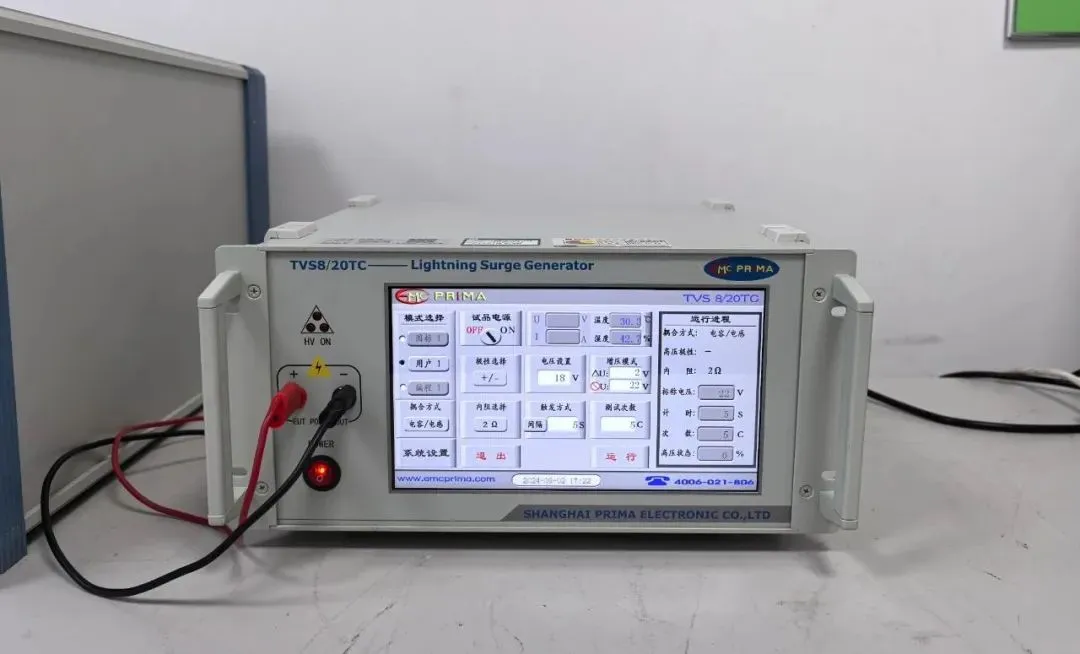
What Are FCC-ID and IC-ID? What's the Difference?
ic certification (Industry Canada Certification)
Overview:
Industry Canada (IC), now known as Innovation, Science and Economic Development Canada (ised), requires electronic products entering the Canadian market to obtain IC certification. This certification primarily covers electromagnetic compatibility (EMC).
IC's standards are largely aligned with fcc standards.
IC focuses mainly on electromagnetic interference (EMI).
Relevant Standards:
ICES-001: Industrial, Scientific and Medical Radio Frequency Generators
ICES-003: Interference-Causing Equipment Standards – Digital Apparatus
Example: ICES-003 applies to ITE (Information Technology Equipment) such as computers and peripherals.
RSS Series: Applies to low-power RF devices
Example: RSS-210covers devices like wireless keyboards/mice, remote-controlled toys, and other low-power RF products.
CS-03: For PSTN telecom terminal equipment
Certification Process:
Issued by a Foreign Certification Body (FCB)in Canada (equivalent to a Telecommunication Certification Body (TCB)in the U.S.).
ic ids and certificates can often be issued simultaneously with FCC, CE, VCCI, MIC, and bsmi certifications.
CSAand cULrepresent safety certifications in Canada, whereas ICpertains to EMC.
Summary of IC Certification:
Authority: Industry Canada (IC)
Regulations: C.R.C., c.1374 (Radio Interference regulations), ICES-003
Nature: Mandatory
Acceptance: FCC DoC or fcc id is generally accepted for clearance
Labeling: Product labels or manuals must include bilingual statements (English and French):
> "The Class \[] digital apparatus meets all requirements of the Canadian Interference-Causing Equipment Regulation."
> "Cet appareil numérique de la classe \[] respecte toutes les exigences du Règlement sur le matériel brouilleur du Canada."
(\Insert "A" or "B" as appropriate for the equipment class.)
FCC-ID (U.S. Federal Communications Commission)
Many radio frequency, communication, and digital products must obtain fcc approvalbefore entering the U.S. market.
FCC Official Website:[www.fcc.gov](https://www.fcc.gov)
Certification Process:
1. Prepare product samples
2. Submit required documentation
3. Conduct product testing
4. Complete test report
5. File certification application
6. Review and certificate issuance
Relevant Standards:
FCC CFR 47 Part 15C (15.247): For 2.4GHz devices with Bluetooth or Wi-Fi
FCC CFR 47 Part 15C (15.249): For 2.4GHz devices without Bluetooth/Wi-Fi (e.g., wireless mice/keyboards)
FCC CFR 47 Part 22 Subpart H & Part 24 Subpart E: For GSM mobile phones
sar testing: Per OET Bulletin 65 (specific absorption rate for RF exposure)
Required Documents:
1. FCC ID Label
2. FCC ID Label Location
3. User Manual
4. Schematic Diagram
5. Block Diagram
6. Theory of Operation
7. Test Report
8. External Photos
9. Internal Photos
10. Test Setup Photos
Note:
If you are applying for FCC certification, IC certification can typically be included in the same process through a joint agency. Most U.S. labs accredited as TCBs are also recognized as FCBs in Canada. If you go through a certified testing agency, both FCC and IC can be applied for simultaneously. However, if applying independently, you must apply to each authority separately.
Email:hello@jjrlab.com
Write your message here and send it to us
 Is CE Certification Accepted in Australia
Is CE Certification Accepted in Australia
 How to Get Children's Product Certificate (CPC)?
How to Get Children's Product Certificate (CPC)?
 Is RoHS Compliance Required in the US?
Is RoHS Compliance Required in the US?
 SDoC Required for NBTC Wireless NVRs
SDoC Required for NBTC Wireless NVRs
 Does Your Product Require FCC ID or SDoC?
Does Your Product Require FCC ID or SDoC?
 What is EN 18031 Cybersecurity?
What is EN 18031 Cybersecurity?
 EU CE-RED Certification for IoT Wireless Products
EU CE-RED Certification for IoT Wireless Products
 What Products Are Covered by Amazon TIC Audits?
What Products Are Covered by Amazon TIC Audits?
Leave us a message
24-hour online customer service at any time to respond, so that you worry!




